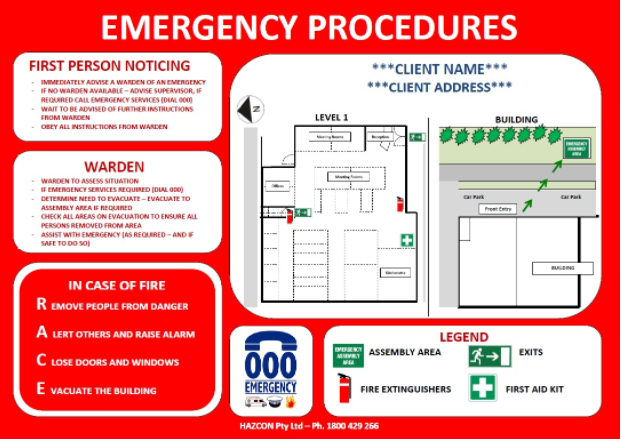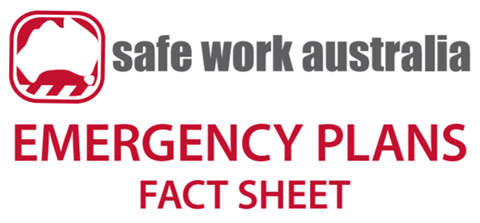Workforce supply is increasingly difficult across the country, but as our sister publicationSATURDAY explored in its last issue, the retirement Village Manager is proving to be of the hardest to secure.
It can take up to three years for a Village Professional to feel fully in control of their role and understanding of the village business that they manage.
So when a Village Manager leaves the sector, they are taking with them a head full of knowledge and experience.
51% of VMs leave within three years
This is a significant challenge when you consider that there are just 1,500 Village Managers across the country and research commissioned by DCM with KPMG (2019) found that 51% of Managers leave the sector within three years.
One operator last week said over 50% of their village managers have now been in the job for less than two years.
The SATURDAY editors found that to replace this skill drain, operators are recruiting younger Managers.
Paul Burkett (photographed), the Director and CEO of Baldwin Care Group, said he has had two village managers retire in the past 12 months to be replaced by younger managers in their 30s.
They need to be fast tracked in their knowledge and supported with tools and training.
Paul has two new Village Managers taking part in the DCMI program and says he is seeing the difference that it is making to their confidence. “They realise that they’re not Robinson Crusoe and there’s other people sharing the same problems,” he said.
Pay is a challenge recruiting the new, younger generation of Managers. The average Village Manager salary is still around $80,000 despite the responsibilities being equivalent to that of a hotel manager.
Paul pays above scale and offers yearly bonuses based on KPIs around accreditation, meeting regulations, guest surveys, sales and more. He says training and networking opportunities are also critical.
Maintenance roles are also proving difficult to fill as the retiring builders and tradespeople in these roles are also departing, while home care workers are hard to source due to lockdowns and resignations.
COVID-19 has made the challenge of retaining and attracting staff even harder, while residents can be demanding that staff are fully vaccinated, which is also a challenge.
Paul says he has lost some staff recently because they did not want to be vaccinated.
How then to appeal to the new generation?
What is the take-out? Demand far exceeds supply of professional Village Managers and Management.
With villages emerging as one of the big answers to the Royal Commission goal of more people on Home Care, living independently, aged care operators are moving to develop new and bigger villages, especially vertical villages. This is increasing demand even further for Professional Management.
More regulations, audits and increasing board responsibility for standards being met (plus concerns about insurance) are driving operators to invest in Professional Development – and remuneration reviews.
The question then is: will the new Baby Boomer customer/resident be prepared to pay more for a higher standard of Village Management – and are village operators ready to invest in their human capital?
You can read the full version of the SATURDAY village Workforce article HERE.









